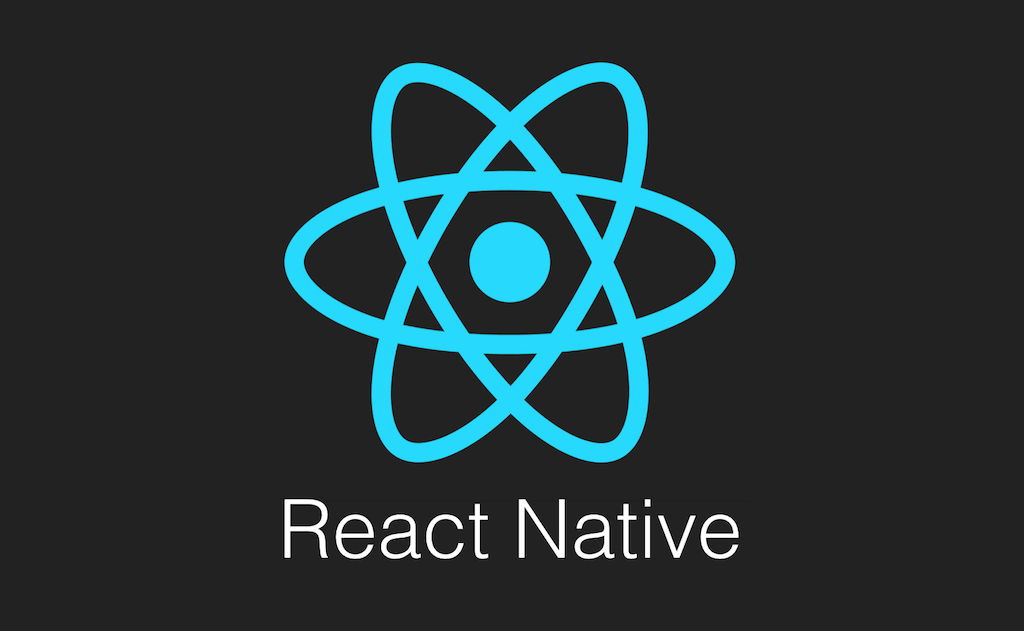My First Experience Writing an App in React Native
When I set out to develop my first React Native application, I knew I wanted to create something meaningful. Mental health is a topic close to my heart, considering I’ve been on anti-depressants for 8 years now, so I decided to build an app that could help users manage their mental well-being daily. The idea was simple: a mental health app that could learn from user input and provide personalized recommendations to improve mental health over time. However, the journey of bringing this idea to life using React Native, Express, and Firebase has been anything but simple.
Why React Native?
Choosing React Native as the framework for my app was a specific choice. I knew I wanted to try a large, popular framework (is React-Native a framework tho?), and I wanted to learn something new. What excited me most about React Native was its ability to write code once and deploy it to iOS, Android, and Web platforms. This cross-platform capability saved me a significant amount of time and effort, allowing me to focus more on the app’s functionality rather than managing three separate codebases.
Building the Core Features
The core of my app revolves around daily check-ins. Users log their mood and mental state through a simple questionnaire, which I implemented using various input methods like text input, sliders, and emoji-based ratings. The real magic happens behind the scenes. I integrated OpenAI’s API to analyze the responses, learning from each check-in to offer personalized advice and resources. This feature turned out to be both the most challenging and rewarding aspect of the development process.
Integrating OpenAI’s API wasn’t as straightforward as I had initially thought. While setting up the API calls in React Native was relatively easy, ensuring that the recommendations were both accurate and personalized required a lot of trial and error. I had to tweak the prompts and refine the data passed to the API, which involved diving deep into natural language processing concepts I hadn’t worked with before. But once I got it right, the results were incredibly satisfying. The app could now provide users with insights and resources tailored to their unique mental health journeys.
The Power of Firebase and Express
To manage user data and authentication, I chose Firebase. Firebase’s real-time database and easy-to-use authentication system made it the perfect backend for my app. One of the key features I wanted was the ability to track user progress over time. Firebase allowed me to store each user’s check-in data securely and retrieve it whenever needed, making it easy to visualize trends and progress on the app’s dashboard.
For the app’s backend, I used Express. This allowed me to create custom endpoints for more complex operations, like connecting users with mental health professionals. The combination of Firebase and Express provided a robust and scalable backend solution that handled everything from user authentication to data storage and API calls.
Lessons Learned Along the Way
Working with React Native has been a huge learning experience. One of the biggest challenges I faced was
completely random errors that I don’t think are really errors. Even as I type this, there is an error when attempting to import Picker from react-native. The Picker works just fine, there are no compile or runtime errors, and the app runs perfectly. However, this error persists. After three hours or so trying to fix it, I decided to ignore it and just live my life. In my application, I probably have half a dozen similar errors that aren’t errors. Another example is routing. I am using a simple router like: router.replace('login'). However, the codebase insists on telling me I can’t pass a string to the router despite it working perfectly fine.
Another challenge was optimizing the app’s performance. Because React Native apps run on JavaScript, performance can sometimes lag, especially on lower-end devices. I spent a lot of time profiling the app, identifying bottlenecks, and optimizing code to ensure the app ran smoothly on all devices.
The Result: A Comprehensive Mental Health App
Despite the challenges, the result has been more than worth it. The app now offers a comprehensive suite of features, including:
- Personalized Insights: The daily check-ins allow the app to learn about each user, providing tailored recommendations and resources.
- Progress Tracking: Users can track their mental health trends over time, visualizing their progress through the app’s dashboard.
- Resource Library: The app offers a curated collection of articles, videos, and exercises on mental health topics, with recommendations based on user interests.
- Professional Connection: Users can be referred to mental health professionals directly through the app, making it easier to seek help when needed.
This project has been a labor of love, and I’m incredibly proud of how it’s turned out. The combination of React Native, Firebase, and Express has allowed me to create an app that is both powerful and user-friendly, and I can’t wait to see how it evolves as I continue to add new features and refine the existing ones.
A Helping Hand from Sudowrite
Writing about this journey has been almost as challenging as the development itself. That’s where Sudowrite came in. Sudowrite is an AI-powered writing assistant that has been invaluable in helping me articulate my thoughts clearly and effectively. Whether it’s generating ideas, improving sentence structure, or just getting past writer’s block, Sudowrite has been a game-changer for me.
If you’re a developer who, like me, struggles with writing, I highly recommend giving Sudowrite a try. It’s a fantastic tool that can make your writing process smoother and more enjoyable. You can check it out through my affiliate link below.
Final Thoughts
Developing my first React Native app has been an incredible journey filled with challenges, learning, and growth. This experience has solidified my passion for building apps that can make a real difference in people’s lives. If you’re considering diving into React Native, I say go for it! The learning curve might be steep at times, but the reward of seeing your app come to life is beyond worth it.
Thank you for joining me on this journey, and stay tuned for more updates as I continue to develop and improve the app. And don’t forget to check out Sudowrite if you need a little help with your writing!





